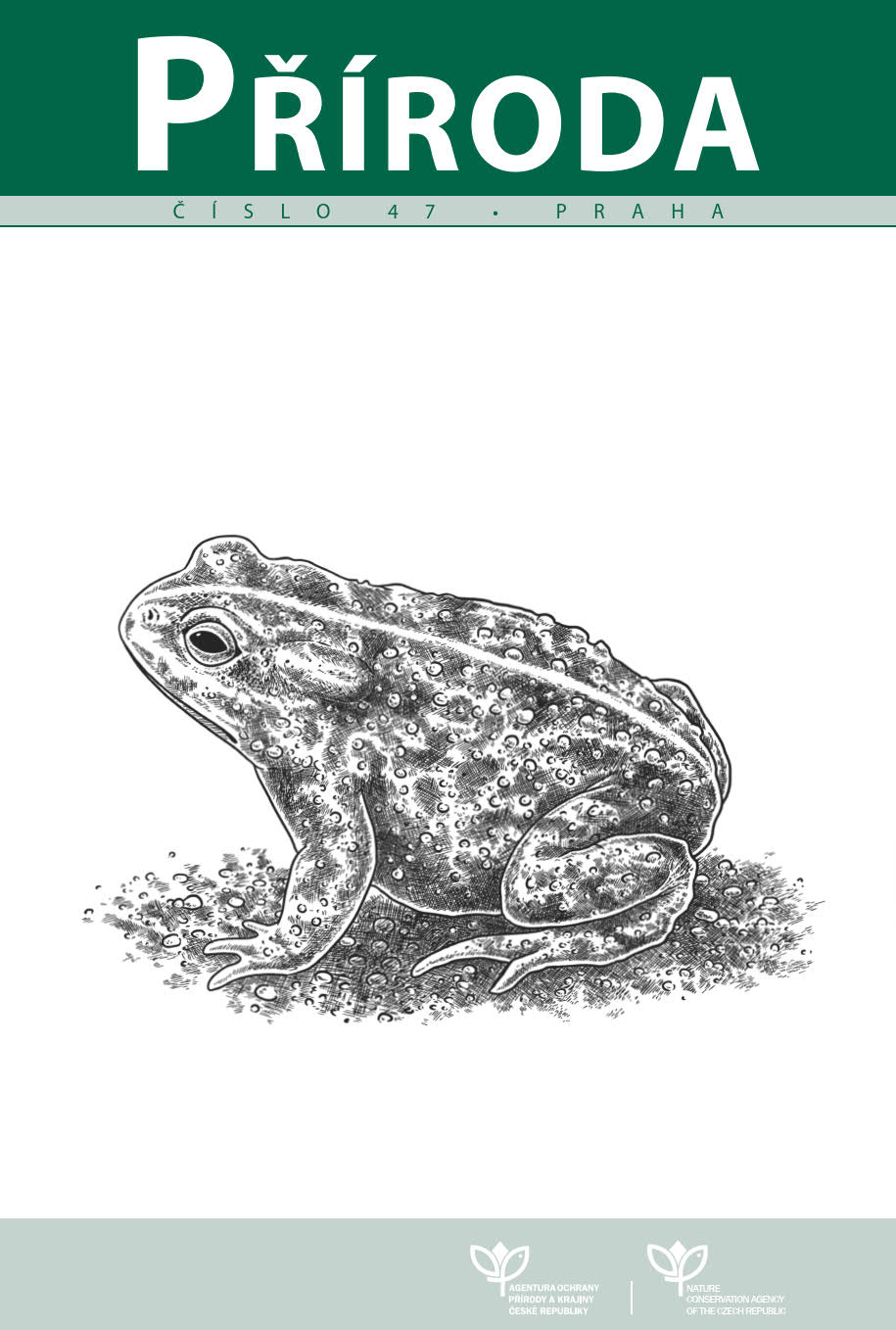Vývoj populace vydry říční v České republice: celkové shrnutí a detailnější pohled na období 2017–2023
Development of the Eurasian Otter Population in the Czech Republic: an Overall Summary and Detailed Perspective of the 2017–2023 period.
Keywords:
Eurasian otter, population development, distribution, the Czech RepublicAbstract
Vydra říční je původním druhem České republiky. Dle dostupných historických údajů byla vydra až do poloviny 19. století rozšířena na celém území České republiky. Ke změnám areálu i početnosti došlo postupně v průběhu druhé poloviny 19. a během 20. století. Jako hlavní příčiny poklesu populace jsou považovány: nadměrný lov, změny a degradace prostředí a znečištění toků z průmyslu a zemědělství. V 70. až 90. letech se vydry vyskytovaly pouze ve třech oddělených oblastech na 30 % území ČR. Mezi lety 1990 a 2016 postupně došlo k propojení tří několik desítek let oddělených populací a vydry se navrátily do všech povodí na území České republiky. Dle posledních dvou celorepublikových mapování v letech 2016 a 2021 je populace plošně rozšířena na celém území ČR. Detailnější pohled a meziroční srovnání však ukazují určitou dynamiku, která je v různých oblastech odlišná. Populace je stále zranitelná z důvodu existence významných rizikových faktorů, které ji ohrožují v současnosti. Mezi hlavní patří: nezákonný cílený lov, úhyny na silnicích, špatný stav a znečištění vodního prostředí.
Abstract
The Eurasian otter is a native species of the Czech Republic. According to available historical data, the otter was widespread throughout the country until the middle of the 19th century. Changes in the area and population size occurred gradually during the second half of the 19th and during the 20th century. The main causes of this population decline were overhunting, changes and degradation of the environment and the pollution of streams from industry and agriculture. In the 1970s and 1990s, otters were only found in three separate areas on 30% of Czech Republic´s territory. Between 1990 and 2016 three populations that had been separated for several decades gradually reconnected, and the otters returned to all the watersheds in the country. According to the last two nationwide mappings in 2016 and 2021, the population is widespread across the entire country. However, a more detailed look shows certain dynamics – which differ depending on the area. The population is still vulnerable due to the existence of significant risk factors that endanger it at present; the main ones being: illegal hunting, roadkill deaths, a poor state of their aquatic environment and pollution.
